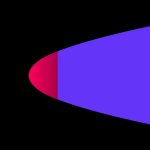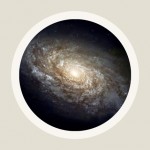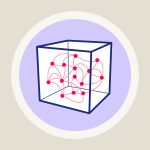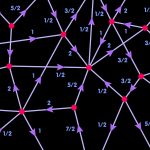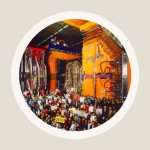Avoiding the big bang
The collapsing and then re-expanding quantum universe that loop quantum gravity offers as a replacement of the standard big bang models
An article by Martin Bojowald
So far, there are no observations, astrophysical or otherwise, that would lead scientists to question the validity of Einstein’s general theory of relativity. Nonetheless, physicists know that the theory is incomplete: According to the so-called singularity theorems of Hawking, Penrose and others, the theory contains the seeds of its own destruction: If, for example, we describe the evolution of the universe with the help of the big bang models and follow that evolution back in time, we see an ever denser cosmos, and the space surrounding us today finally contracts to a single point of infinite density and infinitely strong gravity. There is no place for such infinities (called “singularities”) in a proper mathematical description of the universe, and at that point, Einstein’s equations – the basis for predicting the evolution of the cosmos – collapse as well. General relativity, this tells us, is necessarily incomplete. Its equations cannot describe the big bang singularity itself.
An infinitely old universe
There has long been hope that these limitations can be overcome within a theory of quantum gravity, a theory that unifies general relativity and the concepts of quantum theory. These hopes have recently taken on a more concrete shape, with the help of what is called loop quantum gravity, and its applications to cosmology. In the loop quantum models, the big bang universe whose beginning is haunted by infinities, as pictured here…
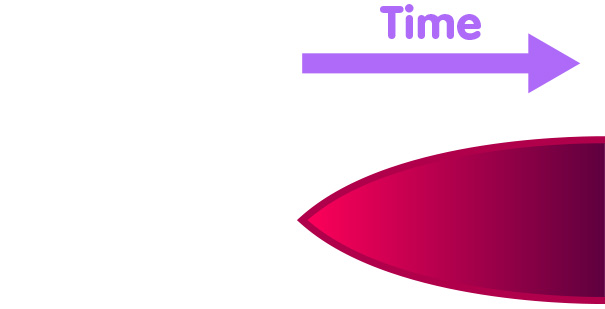
…turns out to be a universe with a history reaching far beyond the big bang – a universe that, initially, was in a state of collapse, reaches zero extension at the point where general relativity predicts the big bang singularity, and, afterwards, expanded in perfect harmony with the predictions of the regular big bang models:
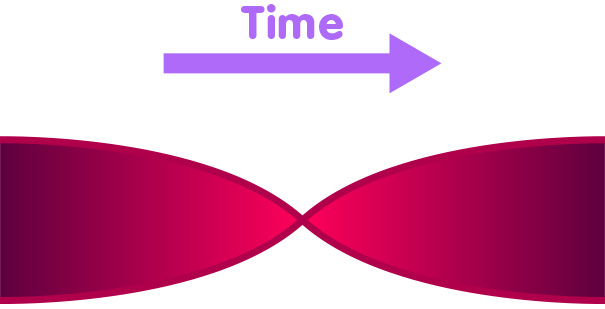
One can imagine this evolution as that of a party balloon loosing air. Normally, it would simply collapse and crumple up, but if you imagine that the different parts of its skin can pass through each other, the momentum gained in the collapse would lead to a re-inflation of the balloon, which would then be turned inside out.
Quantum properties near the big bang
The only reason this combination of collapse and expansion is possible is that as soon as the length-scales in the universe become microscopic, it enters a regime where the quantum properties of space and time – as described by loop quantum gravity – become important. In the following image, this is represented by the looking glass showing the discrete, lumpy structure of collapse and expansion near the middle:
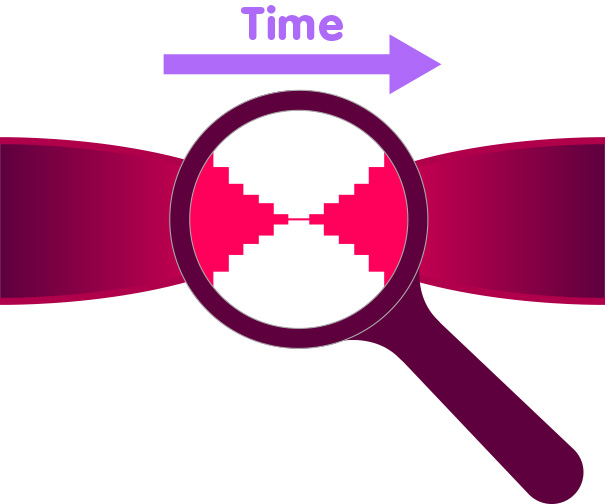
The quantum equations of the loop models show how the universe evolves into the region of extreme compression and then enters the phase of expansion that has lasted until the present day. In addition, the theory predicts that, at the turning point, space literally turns inside-out (as in the example of the party balloon) or, as mathematicians would say, changes its orientation.
Further Information
For the basic concepts of relativity of interest for this spotlight topic, check out Elementary Einstein, in particular the chapters Relativity and the quantum and Cosmology.
Some more information about how the loop models deal with the extreme physical conditions near the turning point can be found in the spotlight topic Taming infinities with loops. Related Spotlights on relativity on Einstein-Online can be found in the sections Relativity and the quantum and Cosmology.
Colophon
is a physics professor at Pennsylvania State University with a research focus on cosmological applications of loop quantum gravity.
Citation
Cite this article as:
Martin Bojowald, “Avoiding the big bang” in: Einstein Online Band 04 (2010), 01-1023



